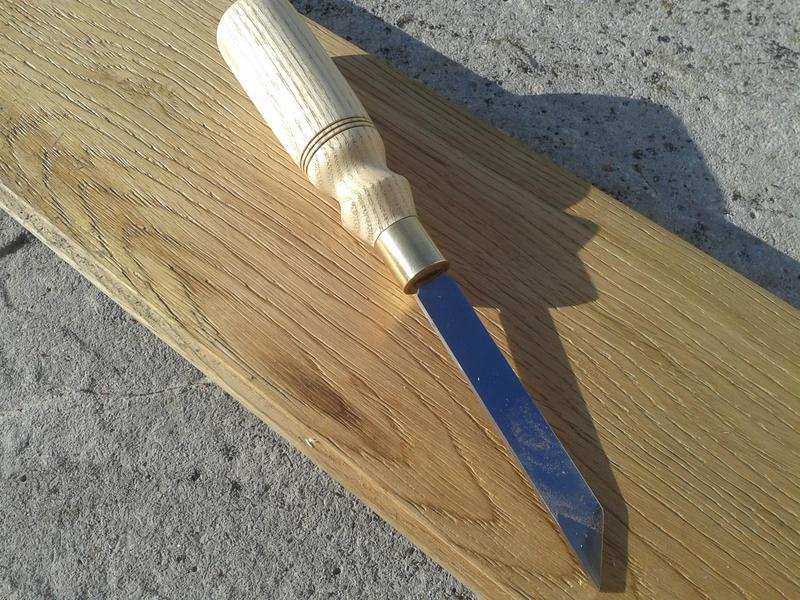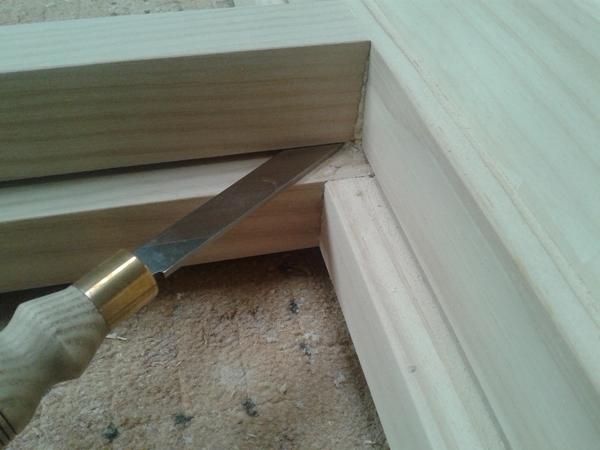custard
Established Member
I was hunting around on Ebay recently for a particular kind of chisel, when it struck me just how many 1/8" and 3/16" old mortice chisels were listed. These weren't just sash mortice chisels, but also the heavy duty pig sticker style of mortice chisel, and right down to 1/8".
Does anyone have any idea what this previous generation of craftsmen were using these tools for? I'm a full time furniture maker but I virtually never cut mortices below 1/4", even something like a hanger style drawer divider is still only 1/4", so I'm puzzled why there are so many dedicated 1/8" and 3/16" mortice chisels out there? I wondered if it might be some kind of joinery application?
Does anyone have any idea what this previous generation of craftsmen were using these tools for? I'm a full time furniture maker but I virtually never cut mortices below 1/4", even something like a hanger style drawer divider is still only 1/4", so I'm puzzled why there are so many dedicated 1/8" and 3/16" mortice chisels out there? I wondered if it might be some kind of joinery application?











































